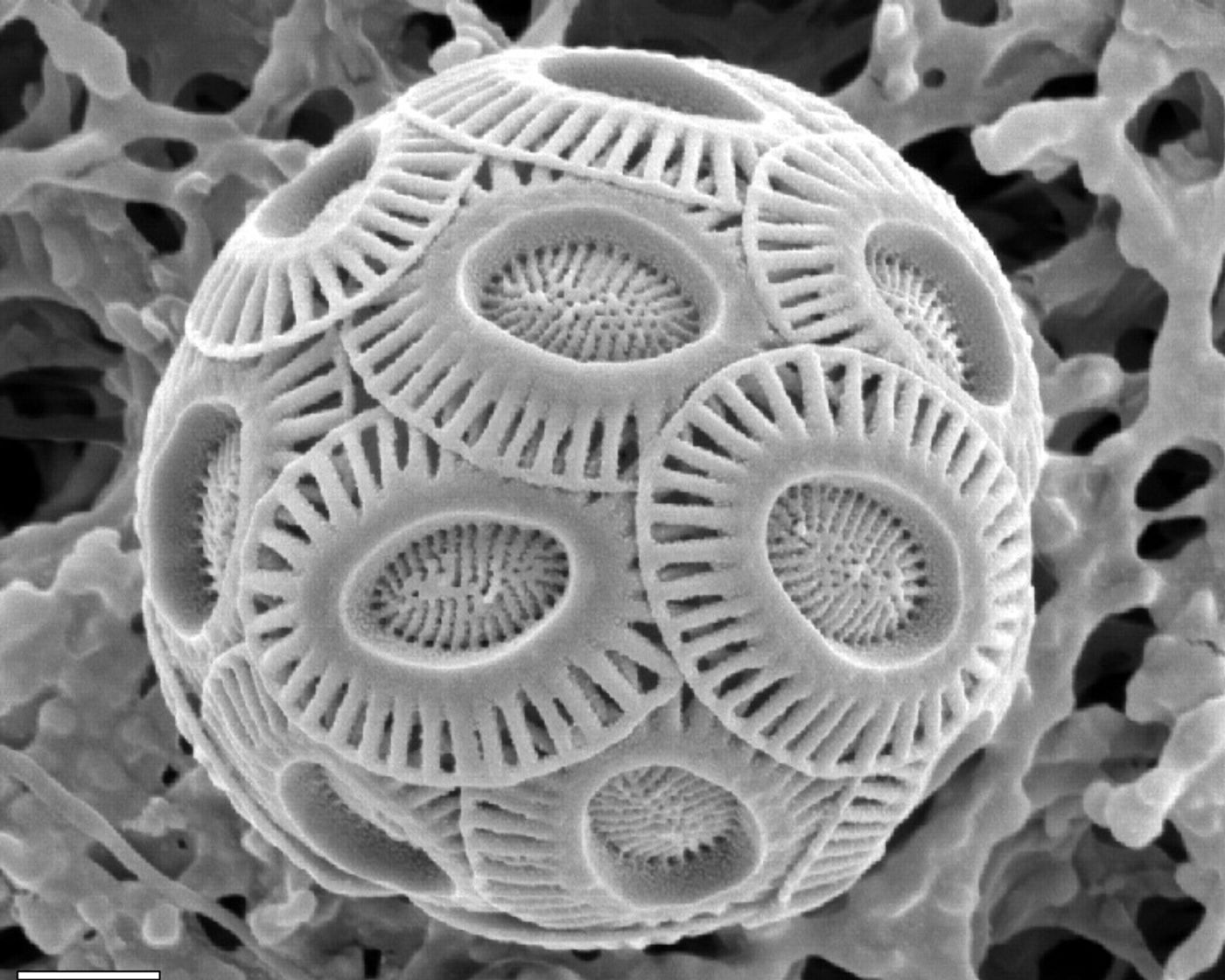How phytoplankton can change the clouds
New research from scientists in Israel suggests that when a specific species of phytoplankton called Emiliania huxleyi is infected with a certain virus, it may have a seemingly unintended consequence: atmospheric changes in clouds.
The virus, called EhV, causes E. huxleyi to release small pieces of its shell, in turn creating what are called sea spray aerosol emissions of calcium carbonate (SSAs). These naturally-occurring aerosols have a similar impact on the atmosphere just as human-made aerosols do: they reflect and disperse sunlight and can even interact with cloud movement and creation.
"SSAs are particles emitted into the atmosphere when bubbles in the ocean burst," says second author Ilan Koren. "They cover 70% of the atmosphere and can serve as cloud condensation nuclei, be surfaces for chemical reactions, and significantly contribute to the Earth radiation budget (the balance of how much solar energy Earth absorbs and how much it emits back into space) because they are very reflective."
Scientists knew all this, but what was surprising to them was the size and frequency of SSA particles. "Although E. huxleyi is extremely abundant, responsible for algal blooms covering thousands of kilometers, we didn't expect to measure such a large flux of SSAs emitted from them into the air. Plus, we expected no larger than a 1-micron diameter but measured 3 and 4 microns," says first author Miri Trainic. "Before this work, we didn't know that such large particles would be so abundant in the marine-atmospheric size distribution." The size of the particles has a direct correlation to the reflectivity properties that they hold. The researchers also determined that the SSAs’ density impacts the atmosphere as well.
In order to fully comprehend the significance of these findings, the scientists say that it is necessary to conduct similar studies around the globe. "Our aim is to better understand the effects that marine ecology can have on atmospheric properties like radiation and cloud formation," says Trainic. "This slim air-sea interface controls fluxes of energy, particles, and gases, so if we want to understand climate and climate change, we must understand how microscopic biological activity in the ocean alters this balance."
Sources: Science Daily, iScience









